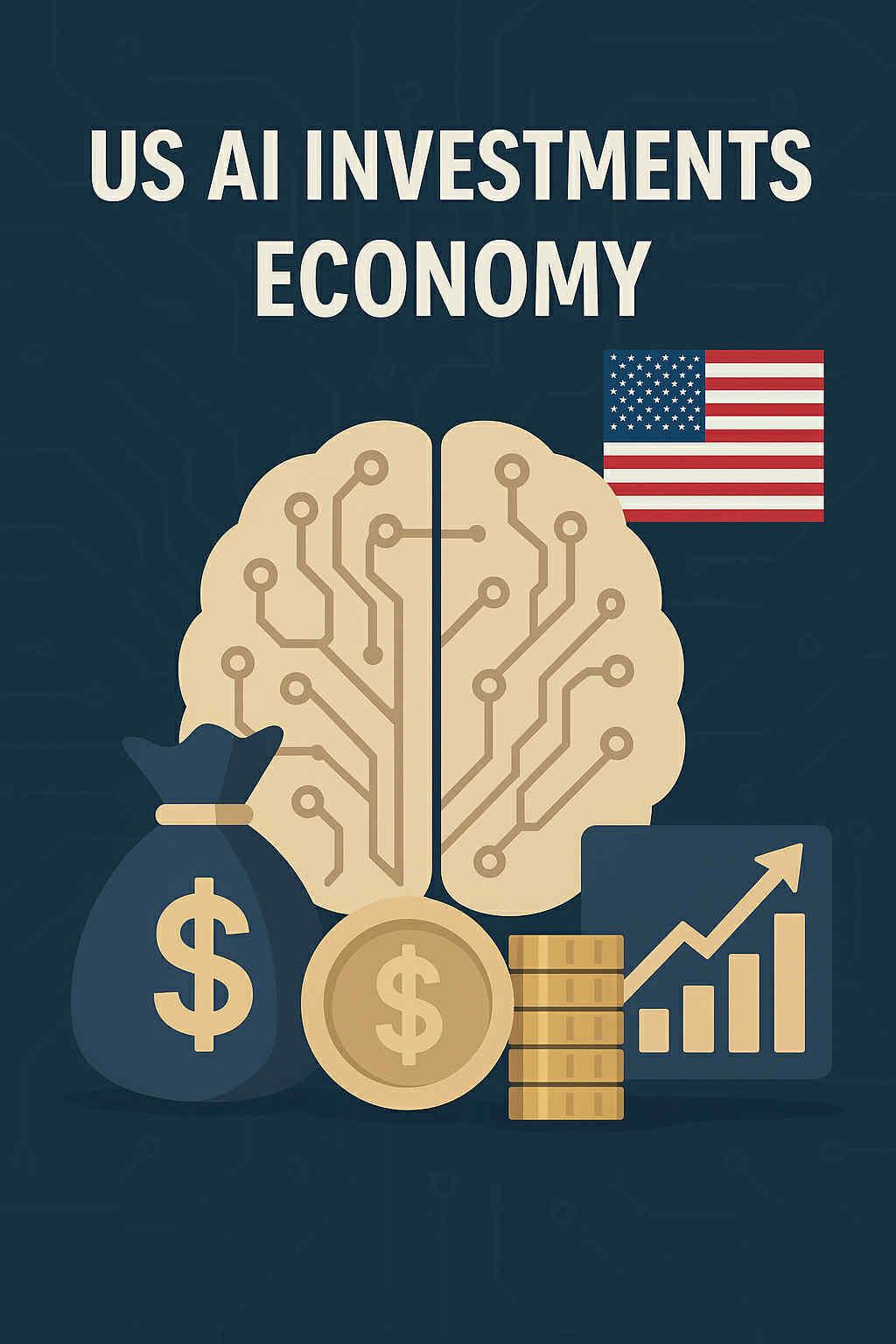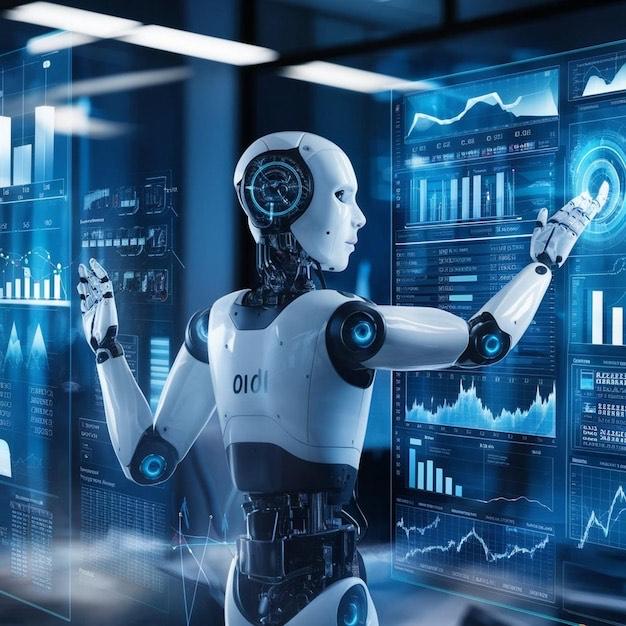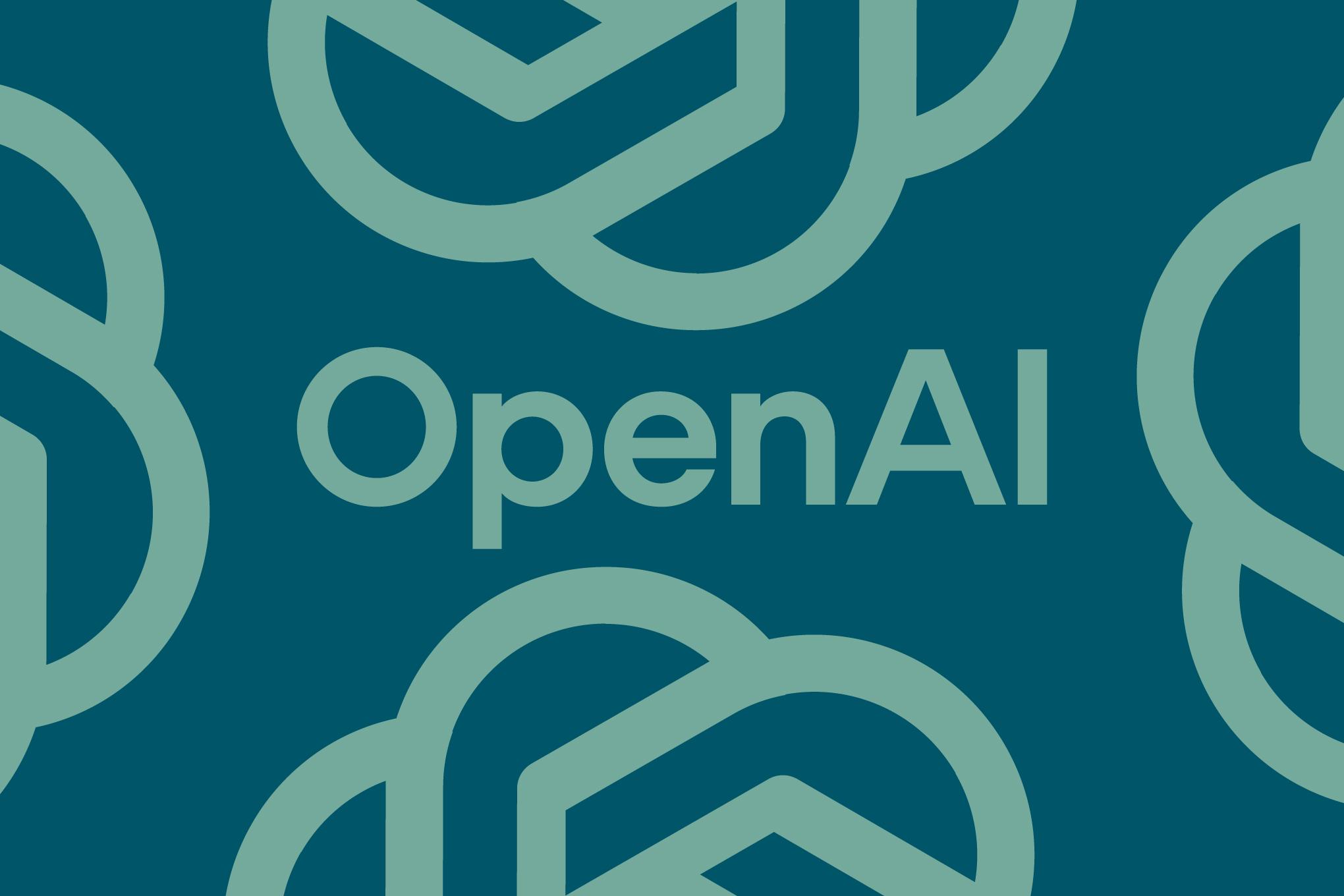
AI: The Economic Powerhouse Transforming America
The United States economy stands at a remarkable inflection point, where artificial intelligence has evolved from a futuristic concept into the very foundation supporting economic stability. As the nation navigates complex geopolitical tensions and policy uncertainties surrounding tariffs and immigration, AI investments have emerged as the unexpected hero preventing economic recession. Deutsche Bank's George Saravelos and Nobel laureate Paul Krugman both emphasize that without this unprecedented surge in AI-related spending, America would likely be teetering on the precipice of economic downturn.
The scale of investment is truly staggering. Oracle, OpenAI, and Japan's SoftBank have announced the monumental $500 billion Stargate program in Texas, representing one of the largest infrastructure commitments in technological history. Meanwhile, chipmaker giant Nvidia has pledged an additional $100 billion to support AI developments, propelling the company to cross the historic $4 trillion market valuation threshold alongside tech titans Microsoft and Alphabet. These massive capital infusions have created ripple effects across multiple sectors, with Meta Platforms and other major corporations following suit with their own substantial AI investment programs.
However, beneath this surface of unprecedented investment and market enthusiasm lies a more complex reality. Professor Campbell Harvey from Duke University sounds a cautionary note, warning that the industry's explosive growth is concentrated among a handful of technology juggernauts, creating potential market vulnerabilities reminiscent of the late 1990s dot-com bubble. The concern centers on whether current stock valuations accurately reflect the true economic value being generated, or if we're witnessing another speculative frenzy driven more by fear of missing out than by tangible results.
The practical implementation of AI technology reveals significant challenges that temper initial optimism. A comprehensive study conducted by MIT researchers found that an astounding 95% of companies claiming AI adoption have failed to achieve the substantial revenue growth they anticipated. This sobering statistic reflects deeper issues with integrating AI tools into existing business workflows and operational structures. Even major corporations like IBM and Klarna, which initially made headlines by replacing thousands of jobs with AI capabilities, have since reversed course, discovering that current AI models lack the reliability and nuanced effectiveness required for seamless automation.
Cal Newport, a computer science professor at Georgetown University, provides crucial insight into these implementation challenges. He explains that integrating generative AI into established workflows proves far more complex than initially anticipated, with underlying models currently too unreliable to serve as robust replacements for human workers. This reality has led to a measurable slowdown in corporate AI adoption, as evidenced by recent U.S. Census Bureau data showing decreased enthusiasm among major corporations.
The job market impact presents a nuanced picture that defies both the most optimistic and pessimistic predictions. While AI has indeed reduced entry-level positions in customer service and software development by approximately 13% since 2022, the anticipated mass automation wave has not materialized as dramatically as many feared. Instead, companies are discovering that successful AI implementation requires careful consideration of specific use cases and substantial investment in workforce retraining and system integration.
Carl Frey from Oxford University offers a balanced perspective on the bubble concerns, noting that unlike historical speculative bubbles such as the tulip mania, current AI investments are generating tangible revenue through critical infrastructure development. This suggests that while market corrections may occur, the fundamental technological progress and infrastructure being built will likely provide lasting economic value, similar to how the dot-com era, despite its dramatic crash, ultimately left behind essential internet infrastructure that powers today's digital economy.
As we look toward the future, the AI revolution appears to be entering a more mature phase characterized by realistic expectations and strategic implementation. Companies are shifting from broad, enthusiasm-driven AI adoption to focused projects with clear financial returns and measurable outcomes. This evolution suggests that while the initial AI investment surge may moderate, the technology's long-term impact on productivity and economic growth remains substantial, potentially delivering the transformative benefits that justify current investment levels, albeit on a more gradual timeline than initially anticipated.







